The work was divided into sections:
‘A Changing Fire Landscape 1824-1900’ examines the Aboriginal use of fire to manage the landscape and prevent major bushfires. These practices were halted by European settlement, with disastrous consequences. There is a gradual realisation by early settlers, many of whom make their living from the forests around Stanley, that they now live in a country prone to bushfire.
‘A New Fire Management 1901-1944’, observes how the residents of Stanley watch as the Stanley Plateau narrowly evades several major bushfire events, spurring the townsfolk to create the Stanley Bush Fire Brigade in 1927. It also reflects upon the way in which locals objected to the management of their forests by the way in which a new government agency, the Forests Commission, practised complete fire suppression, which stood at loggerheads with their ‘bush wisdom’ that Stanley’s forests needed burning to prevent bushfires. When the Stretton Royal Commission into the statewide bushfires of 1939 recommend fuel reduction burning for bushfire prevention, the Stanley Brigade is vindicated.
‘A CFA without a Bushfire — 1945-2003’, looks at a special period in Stanley’s history, in which there are no major bushfires on the Stanley Plateau for the remainder of the century. The Country Fire Authority is created in 1945, and the Stanley Fire Brigade joins. However, the Plateau, with its damp forests and high ground moisture content, is at low risk of bushfire. Its forests are well-used by both the private hardwood industry and the Forests Commission’s softwood timber industry, and are watched over each summer by fire towers. Small fires on the Plateau’s edges are swiftly dealt with, and while the Stanley CFA attends various emergencies, by the turn of the millennium, its local role has extended to include many community functions.
‘No one needed a laxative — 2003’ examines the bushfires of 2003, covering the responses of local fire-fighters, both CFA and DSE, to the first catastrophic bushfire to come anywhere near the Stanley Plateau in more than 50 years. It adopts a quote from local firefighter Phillip Thompson, which aptly captures the black humour of those firefighters on the scene, who were overwhelmed by the scale and ferocity of the bushfire they encountere
‘Not your average fire feed — 2003’ describes the exceptional way in which the Stanley community rallied together to maintain morale with good humour and to keep exhausted fire fighters going with good food. Community responses after the bushfire, ranging from positive steps towards fire-readiness for the future, to creative and artistic reflections on the bushfire experience, are also considered.
The exhibition culminates with two aspects of the bushfires of 2009: ‘Nothing could stop that fire’ documents the crushing way in which coordinated fire fighting efforts and sophisticated equipment, could not prevent a tragic loss of property and life. And ‘If I hadn’t seen it, I wouldn’t have believed it,’ concludes by looking at how the community recovered from these harrowing events, and how Stanley now looks to the future, in the knowledge that the Plateau — which is drier than before — is now at substantial risk of catastrophic bushfire.

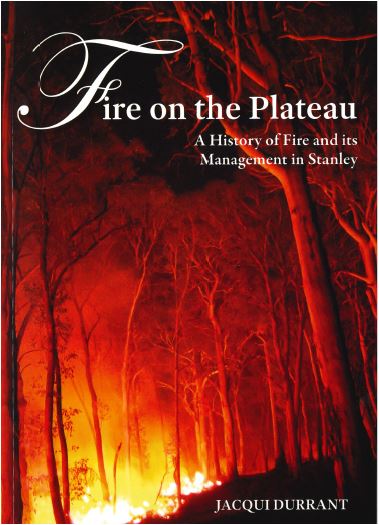

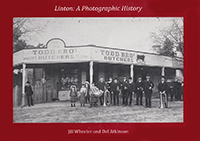







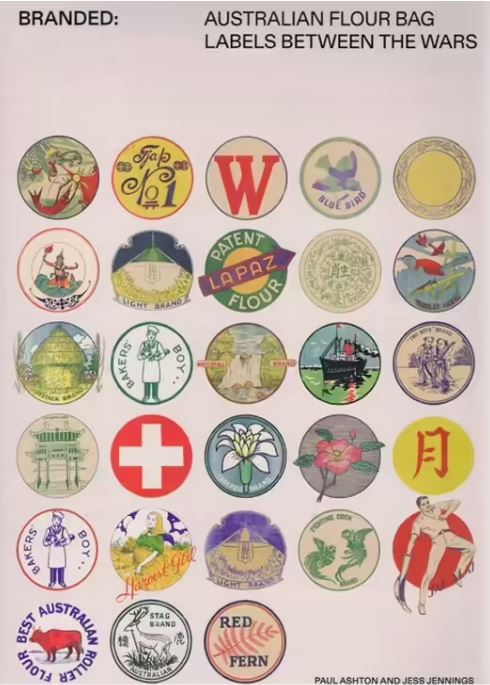
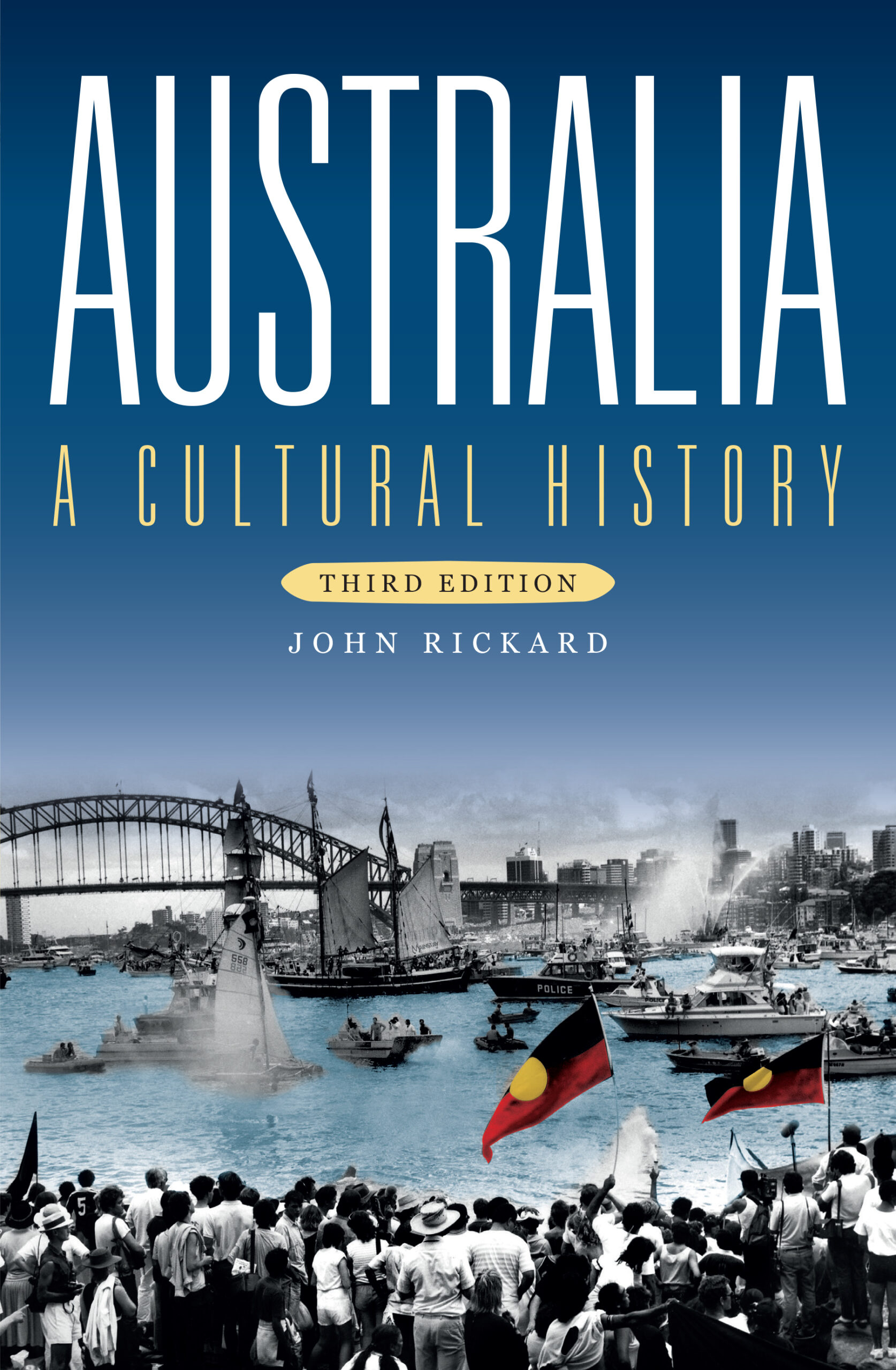
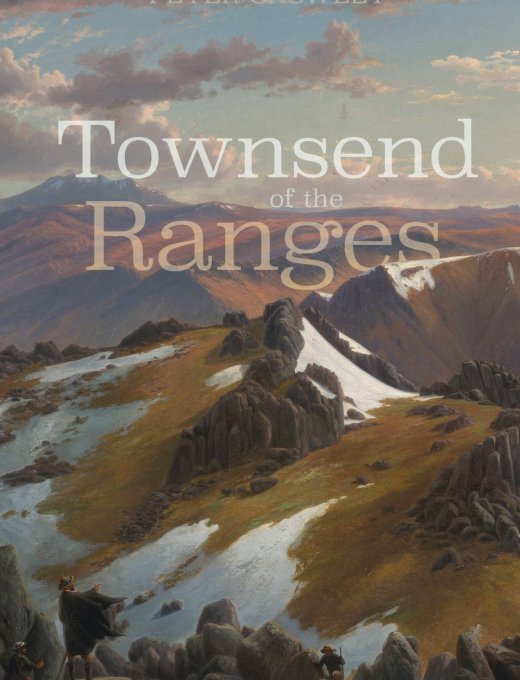

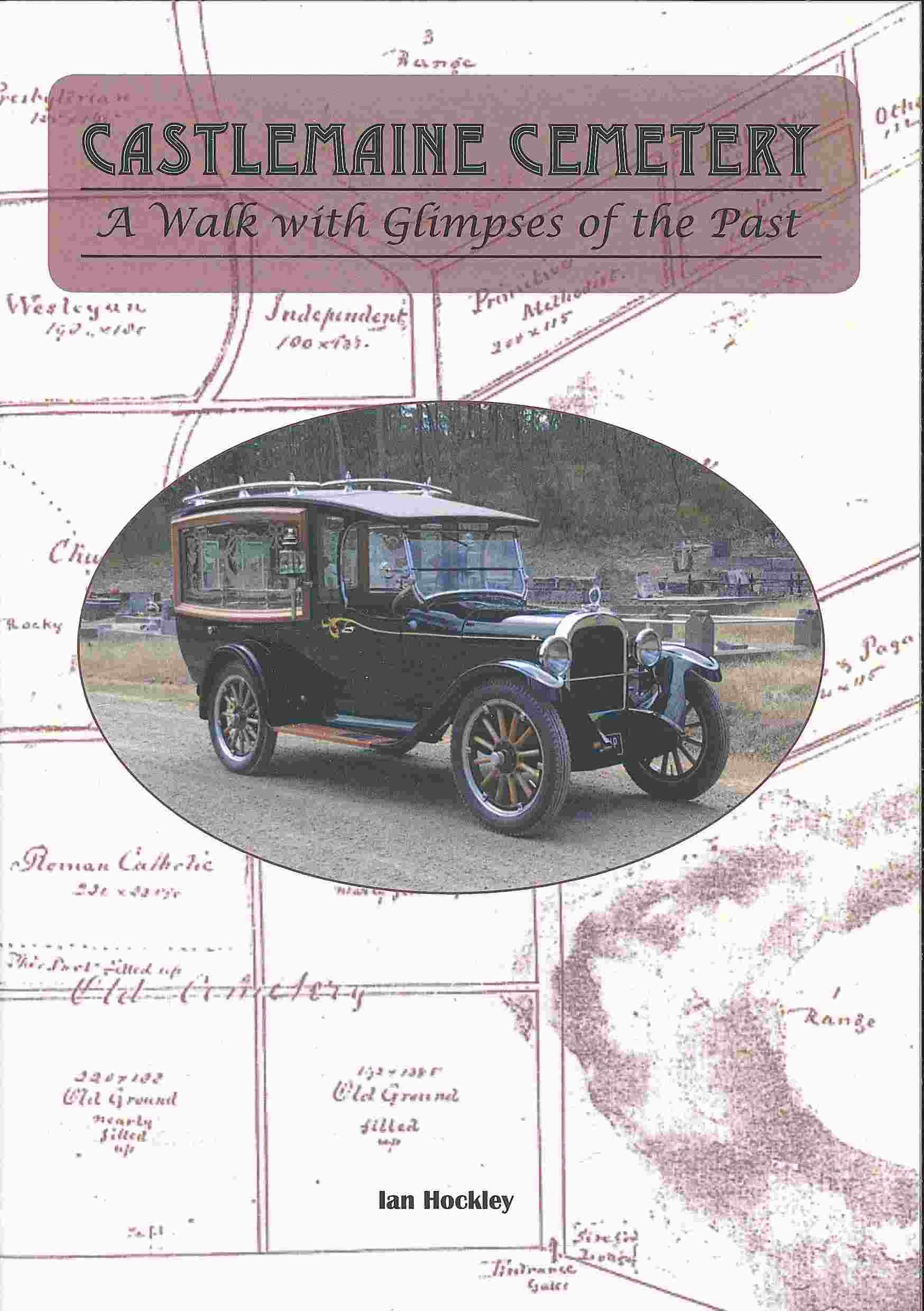

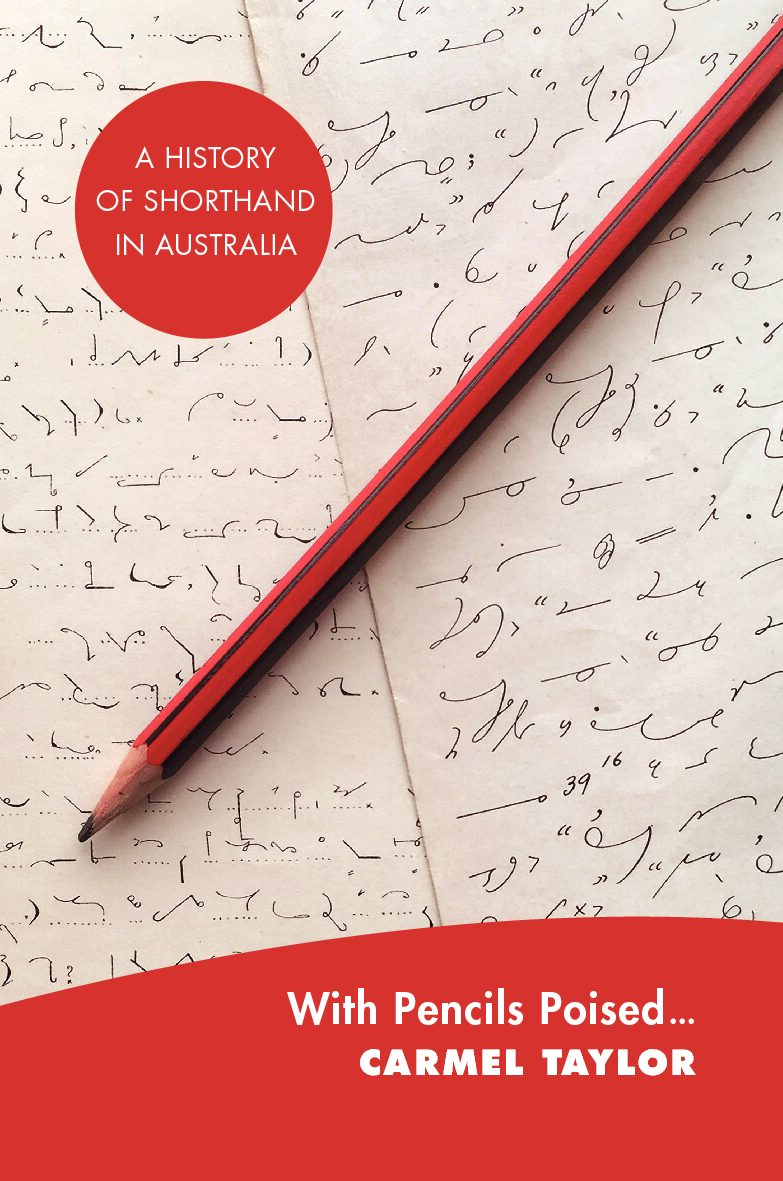
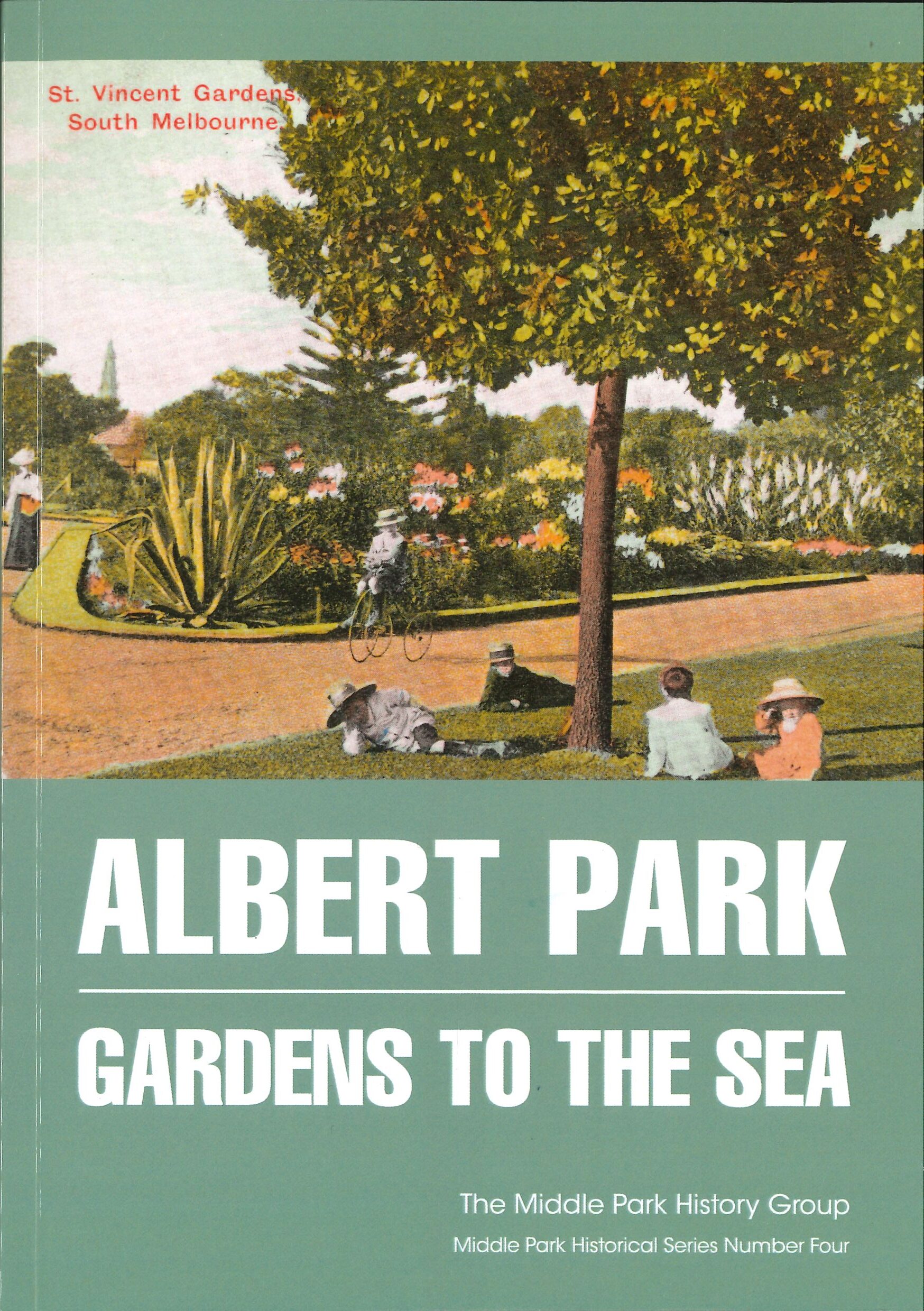

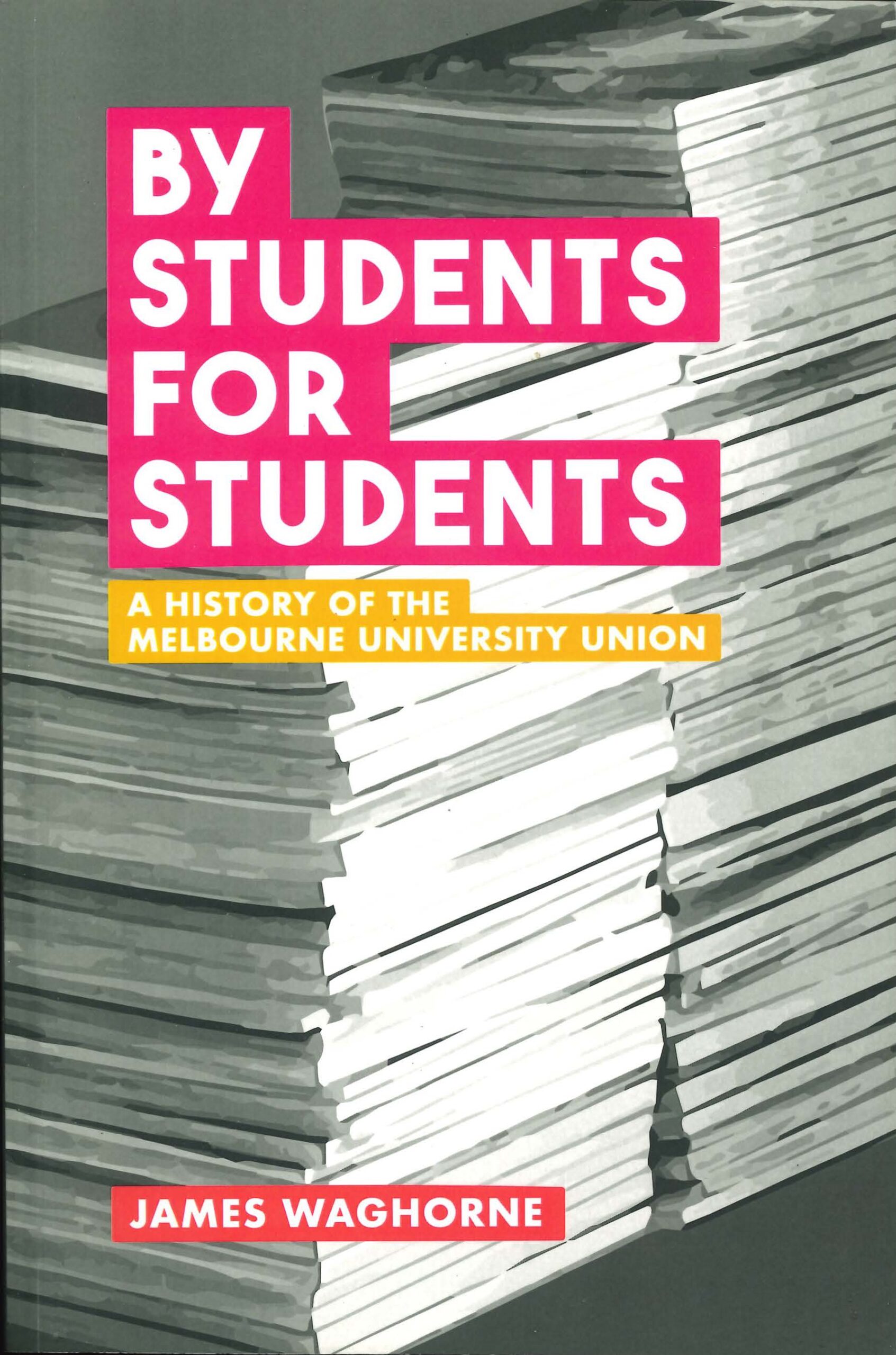

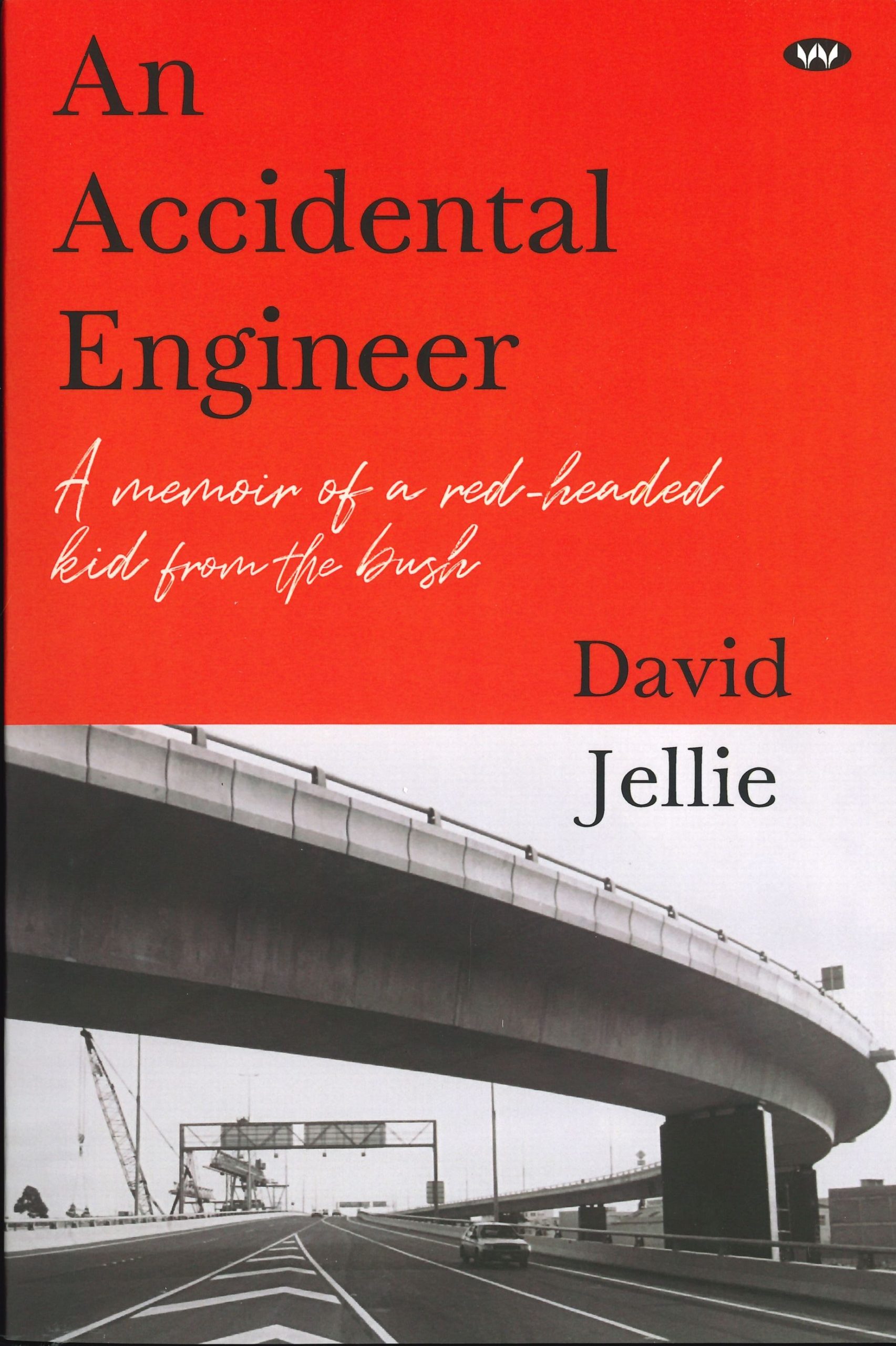

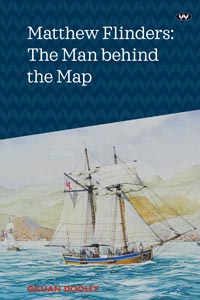
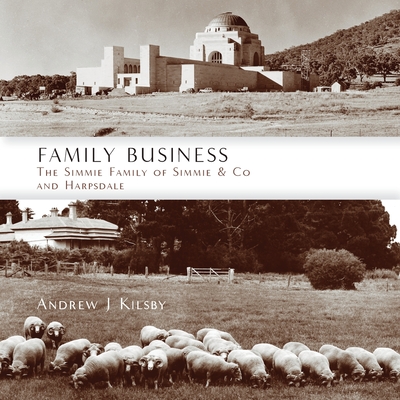
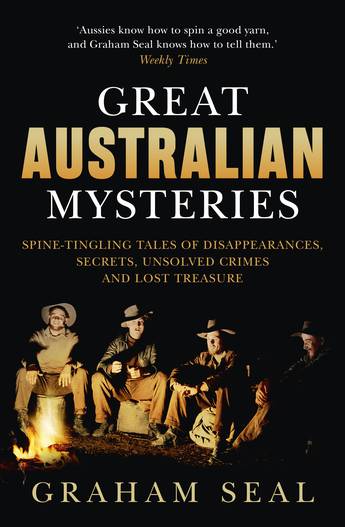


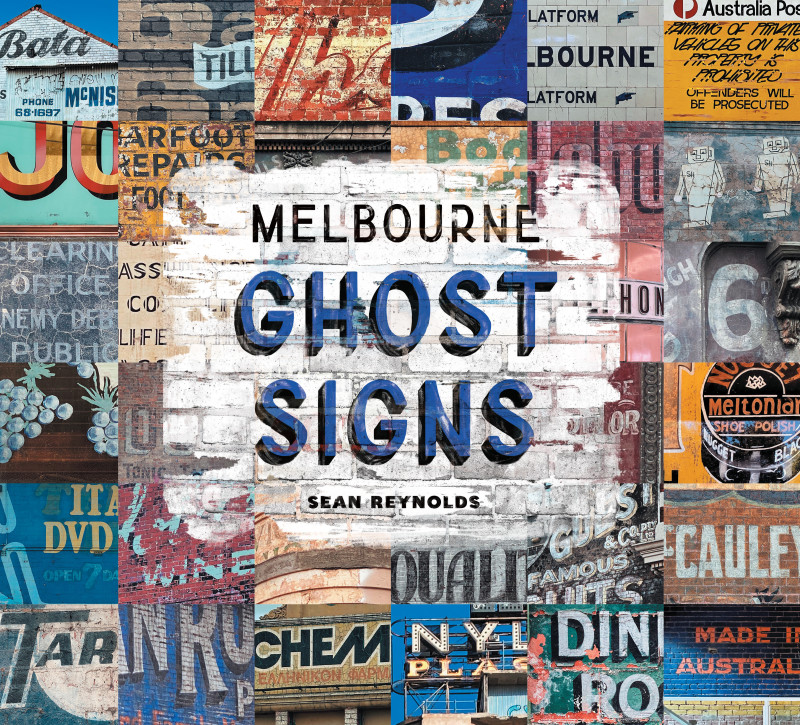

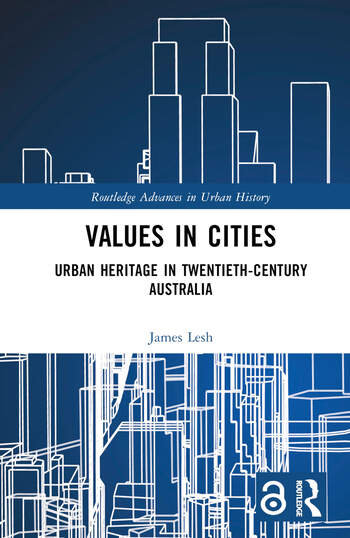
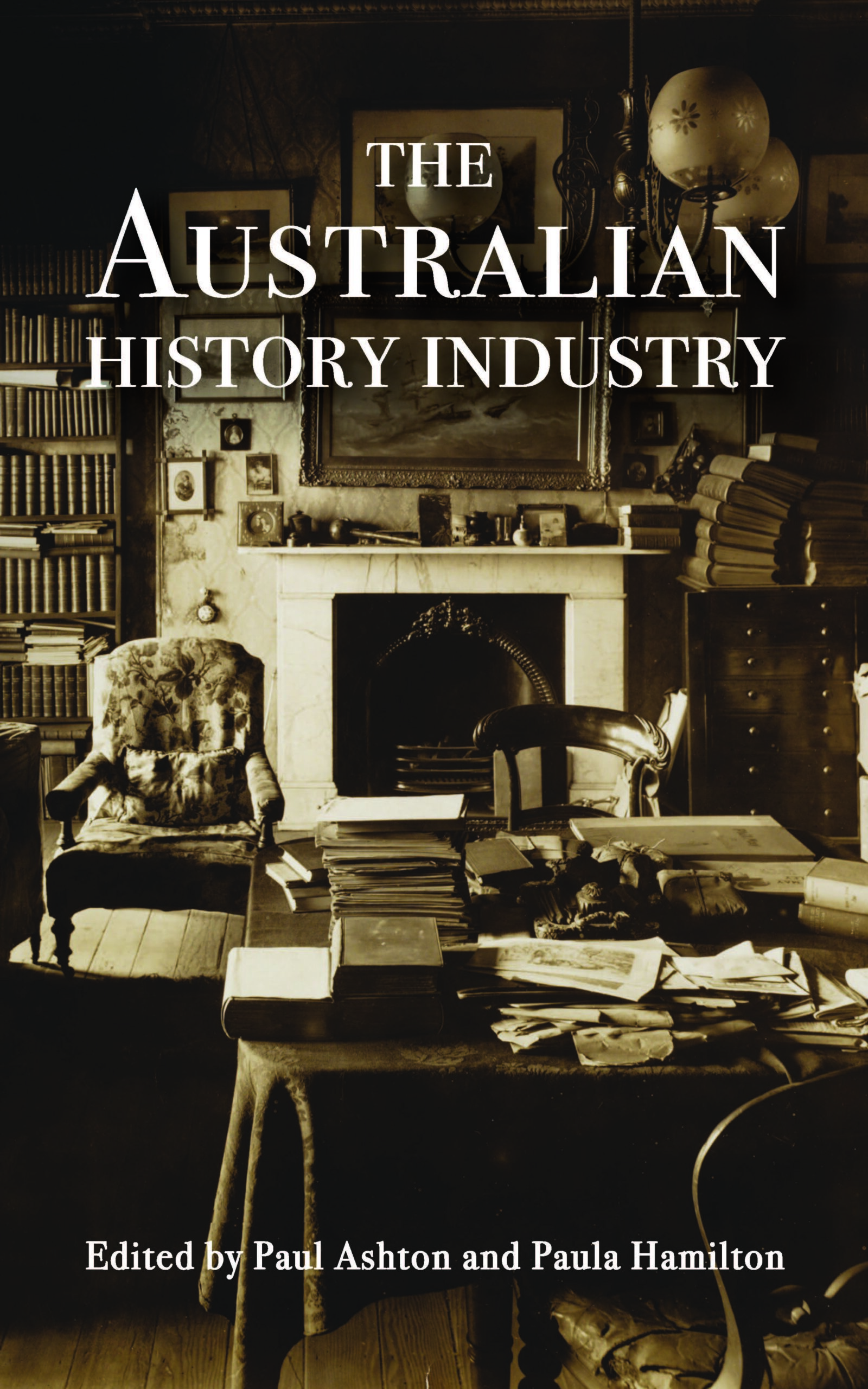
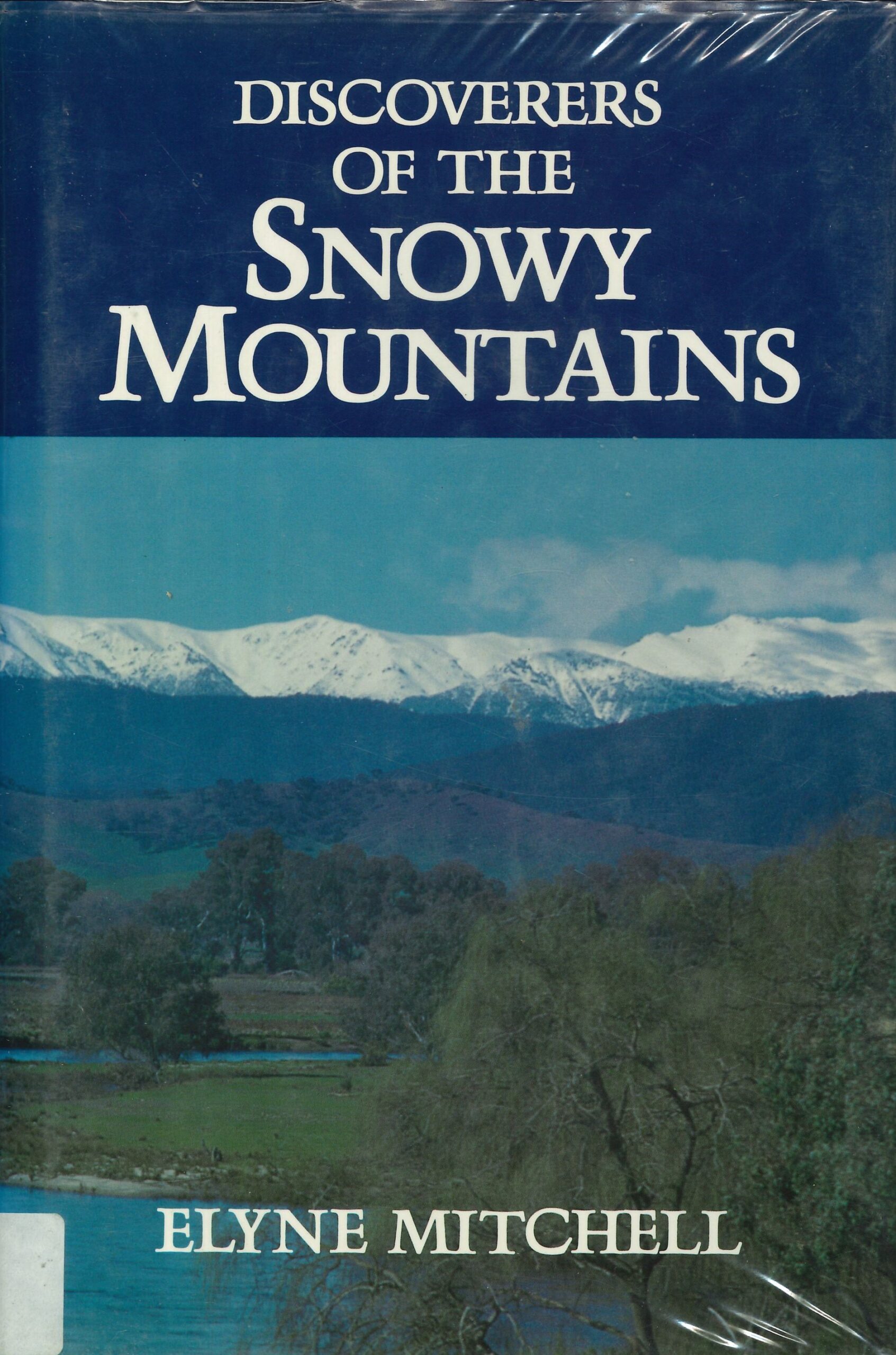

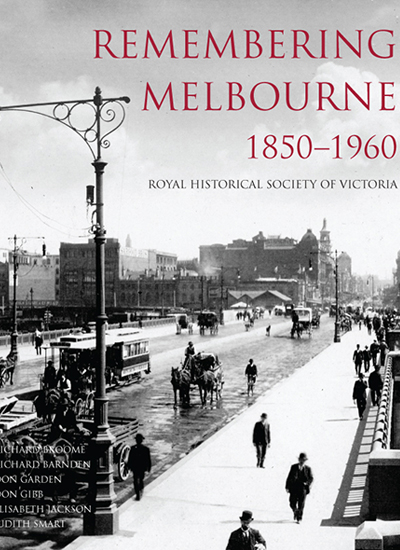
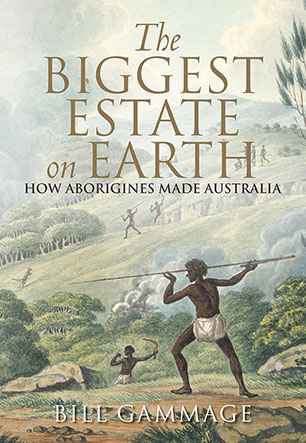
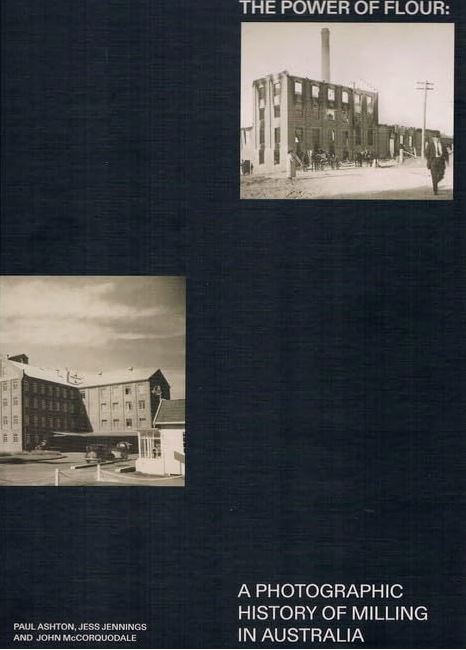
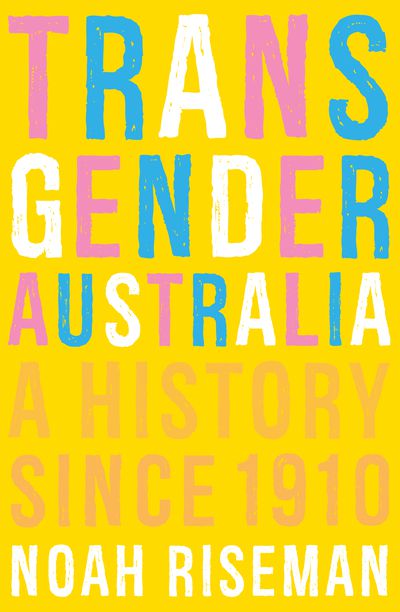







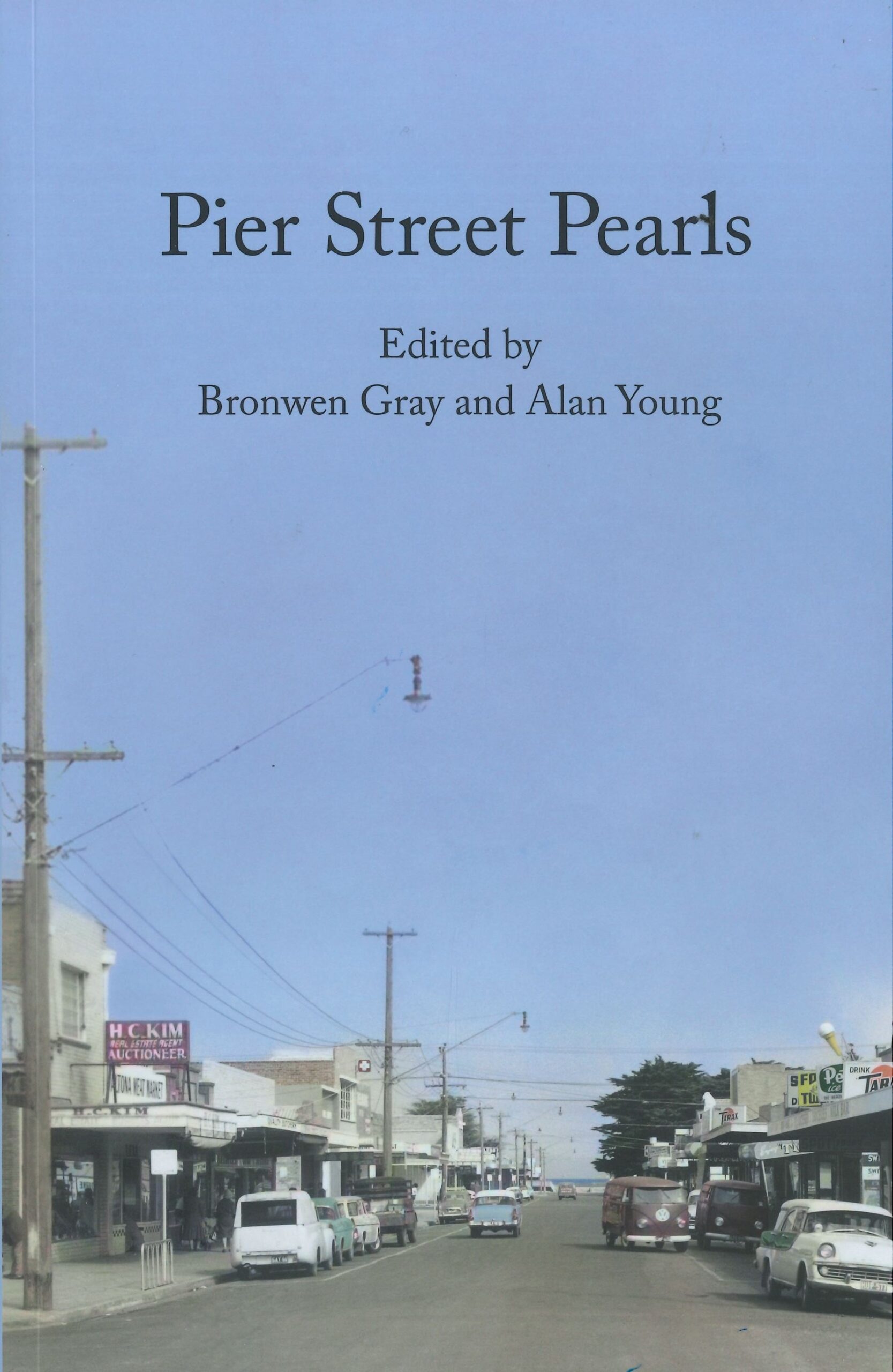
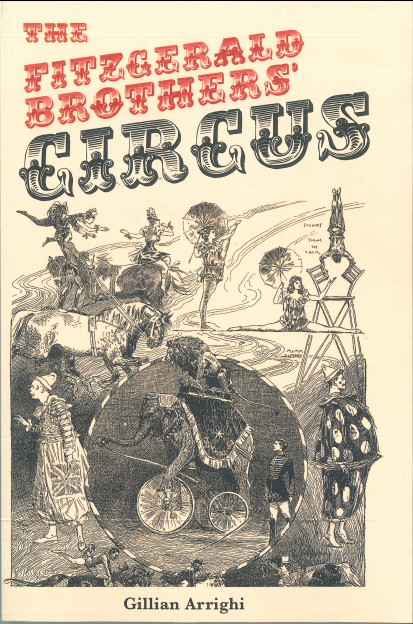


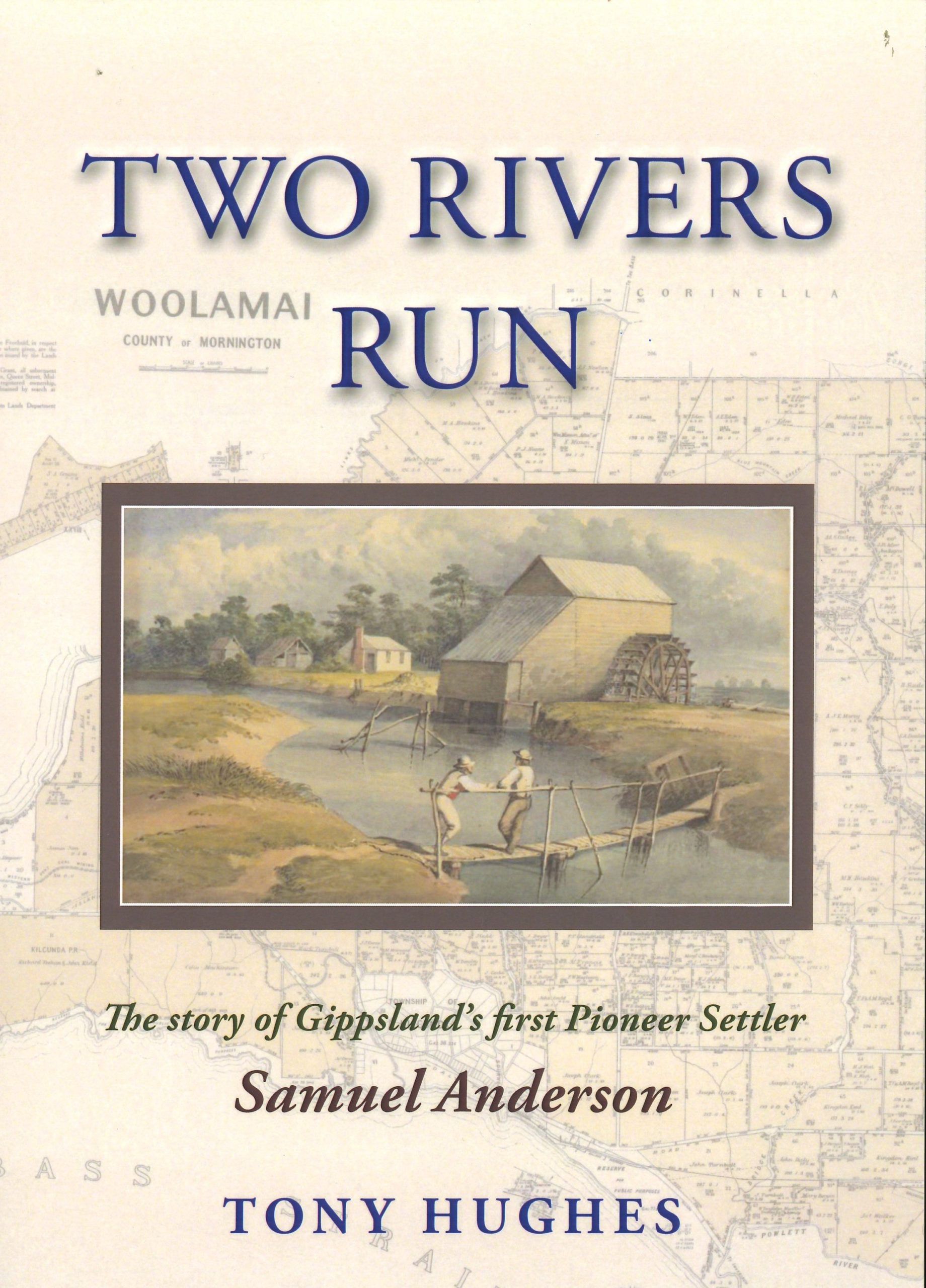
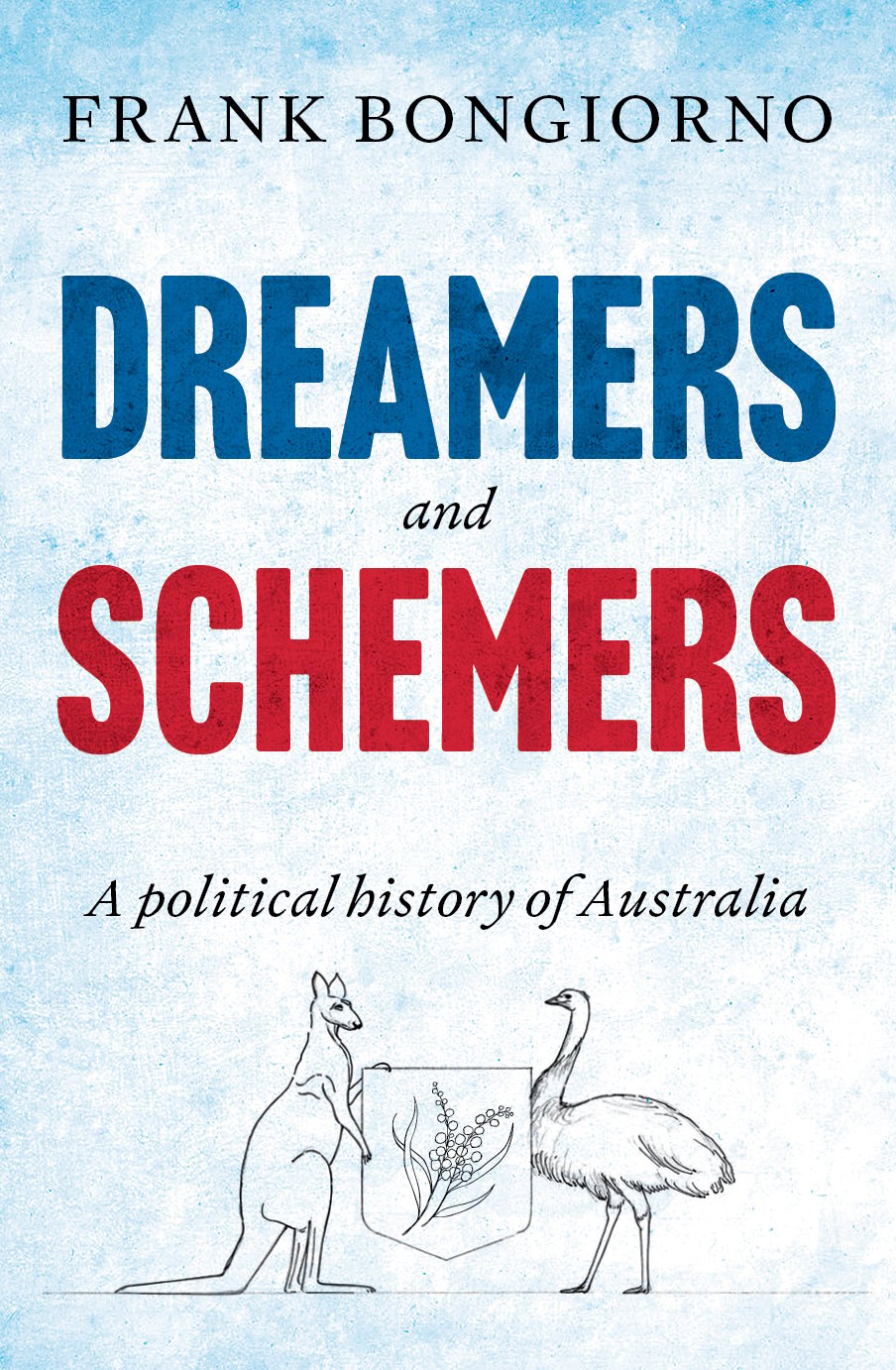

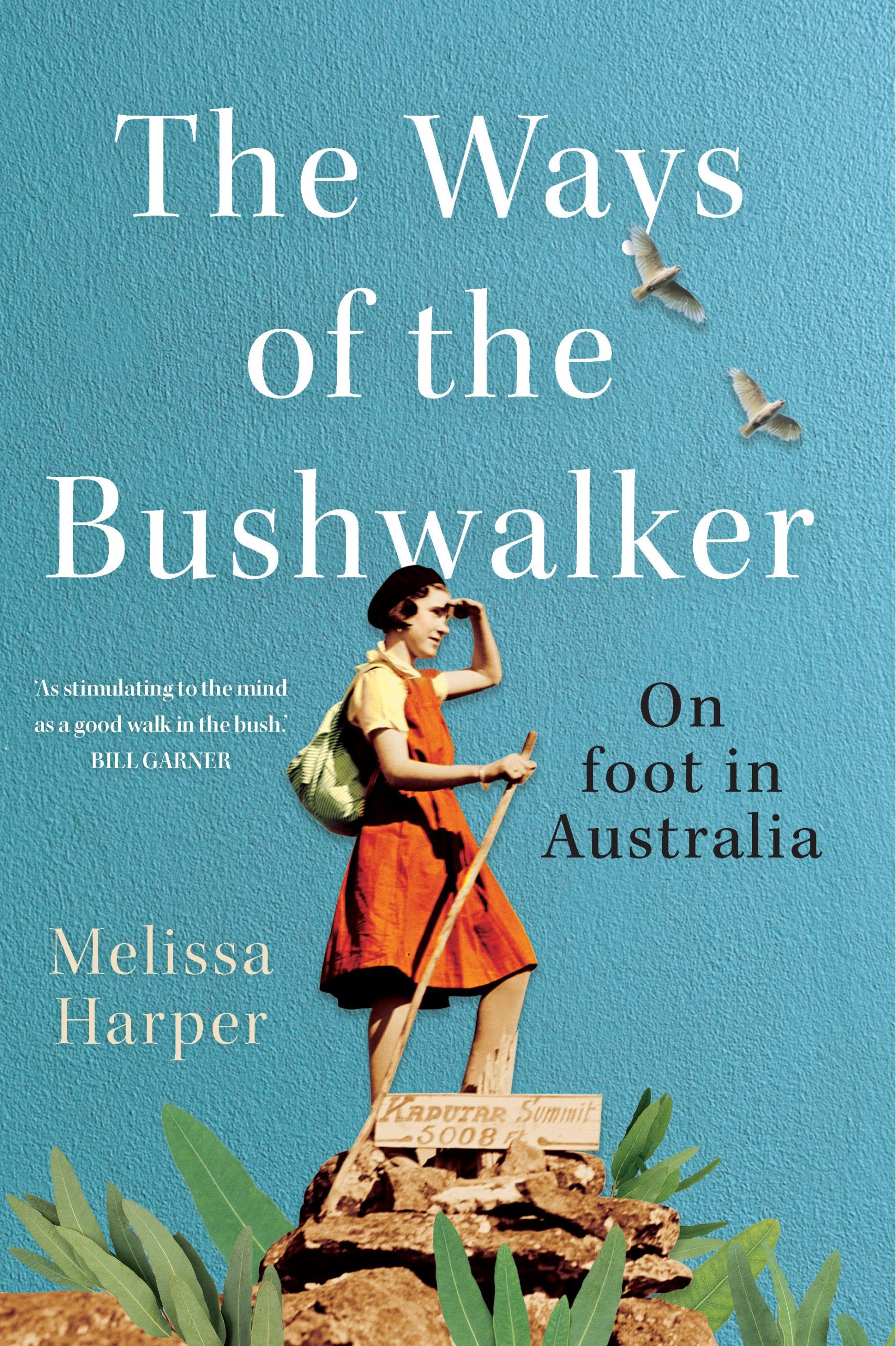
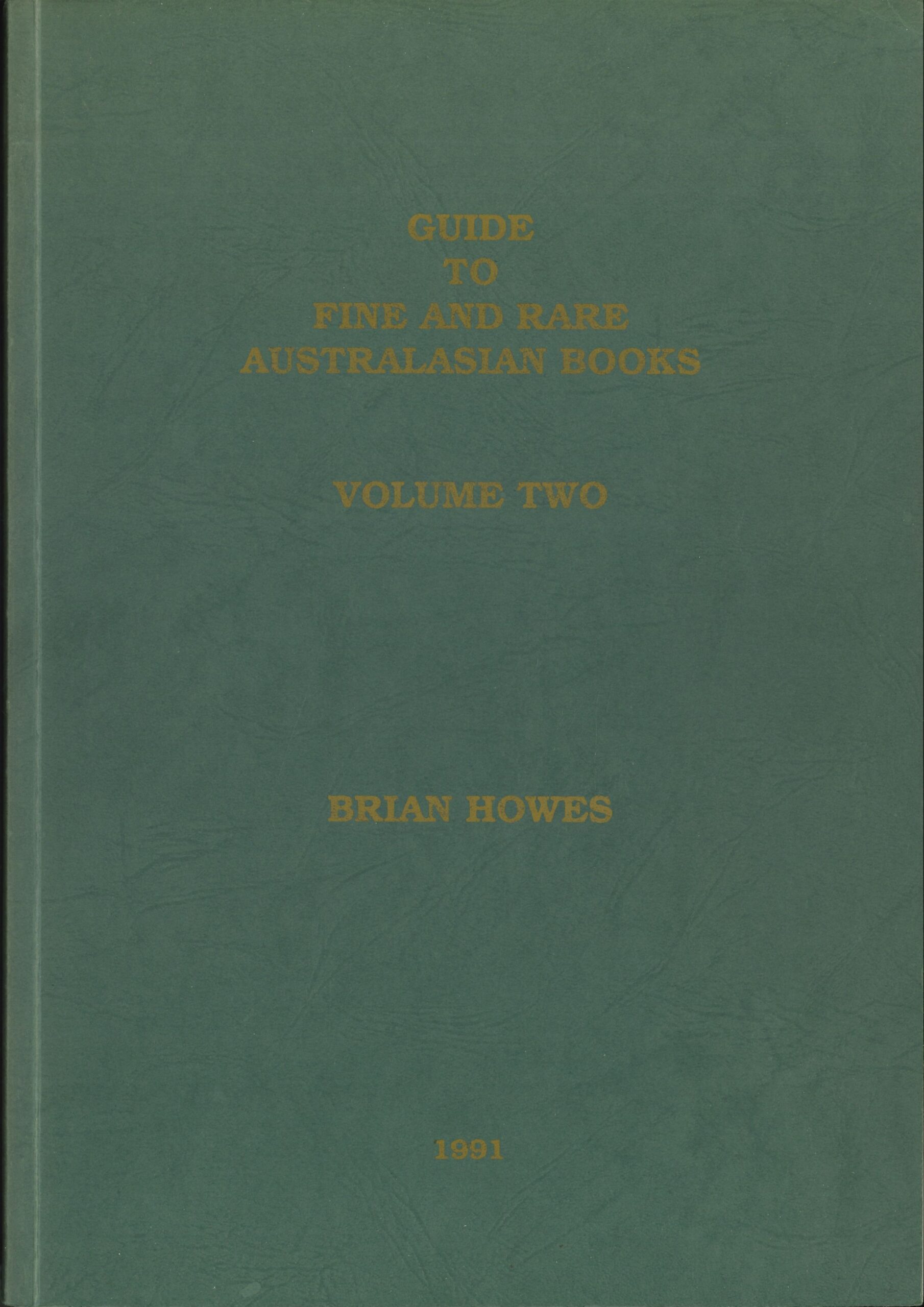
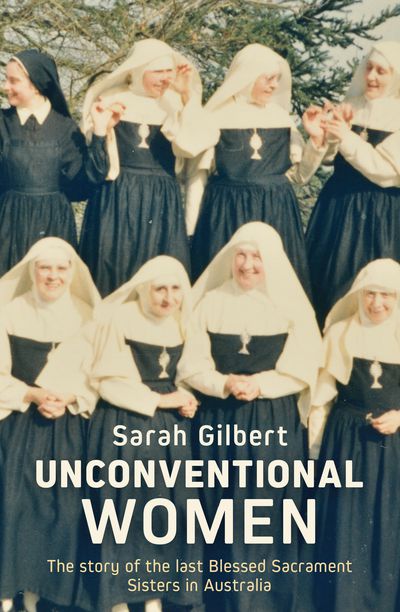
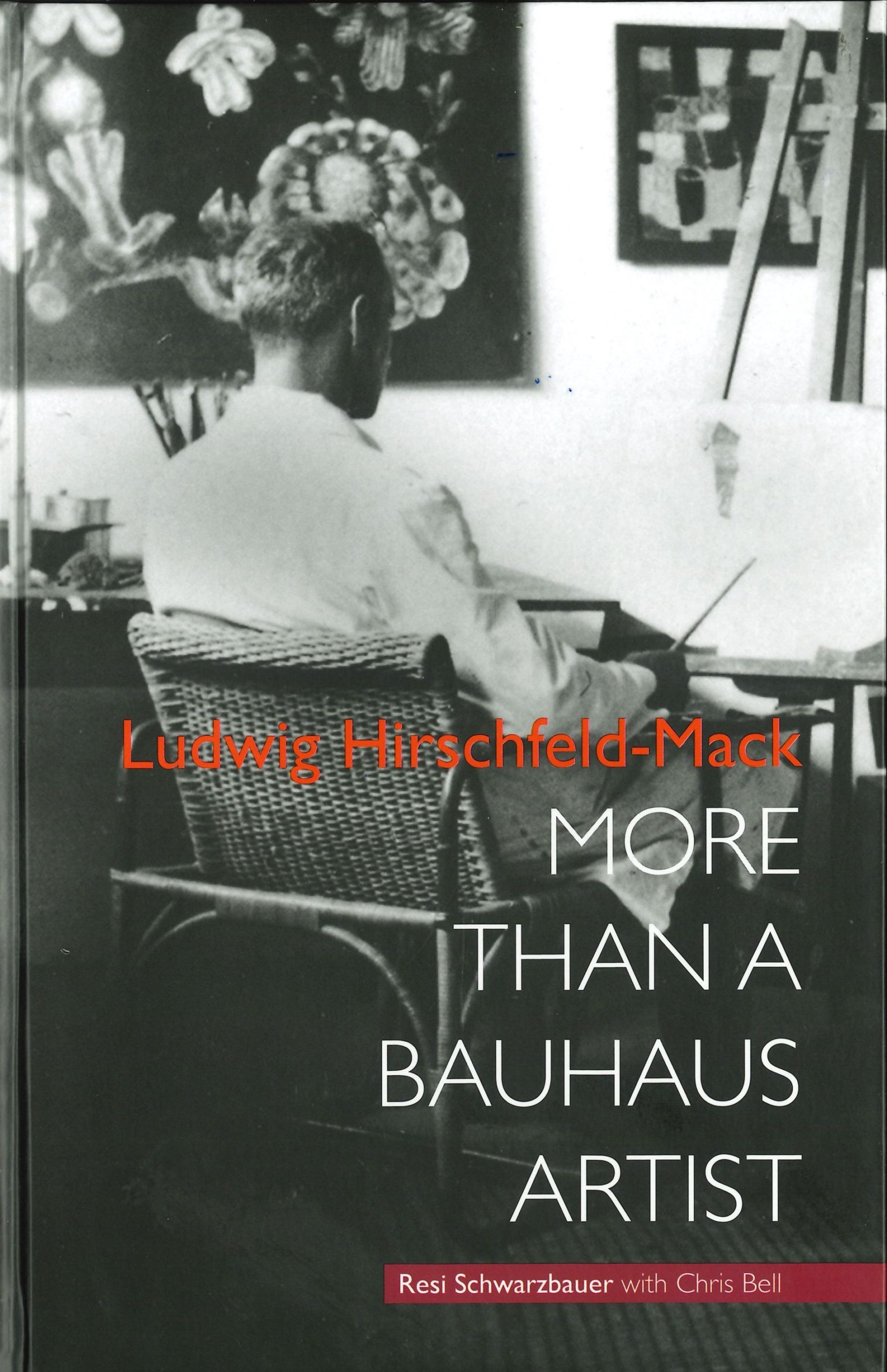
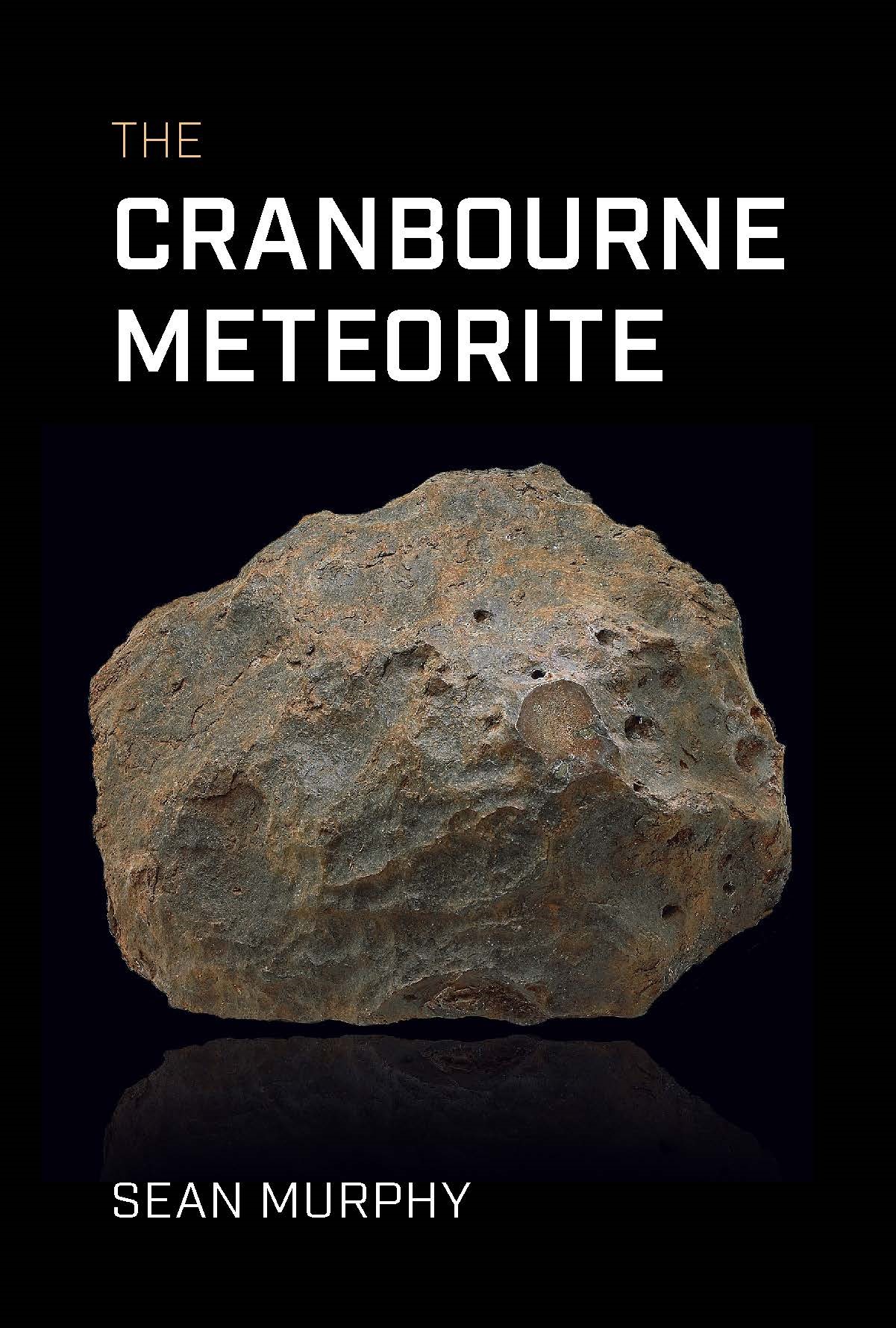




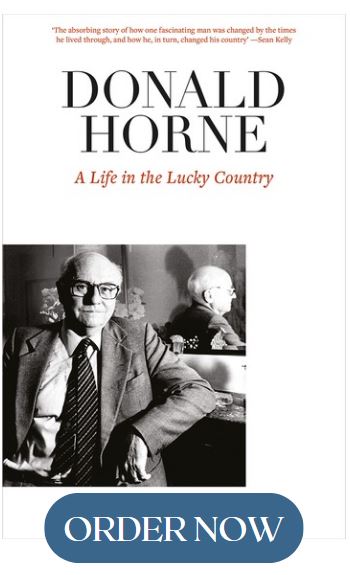



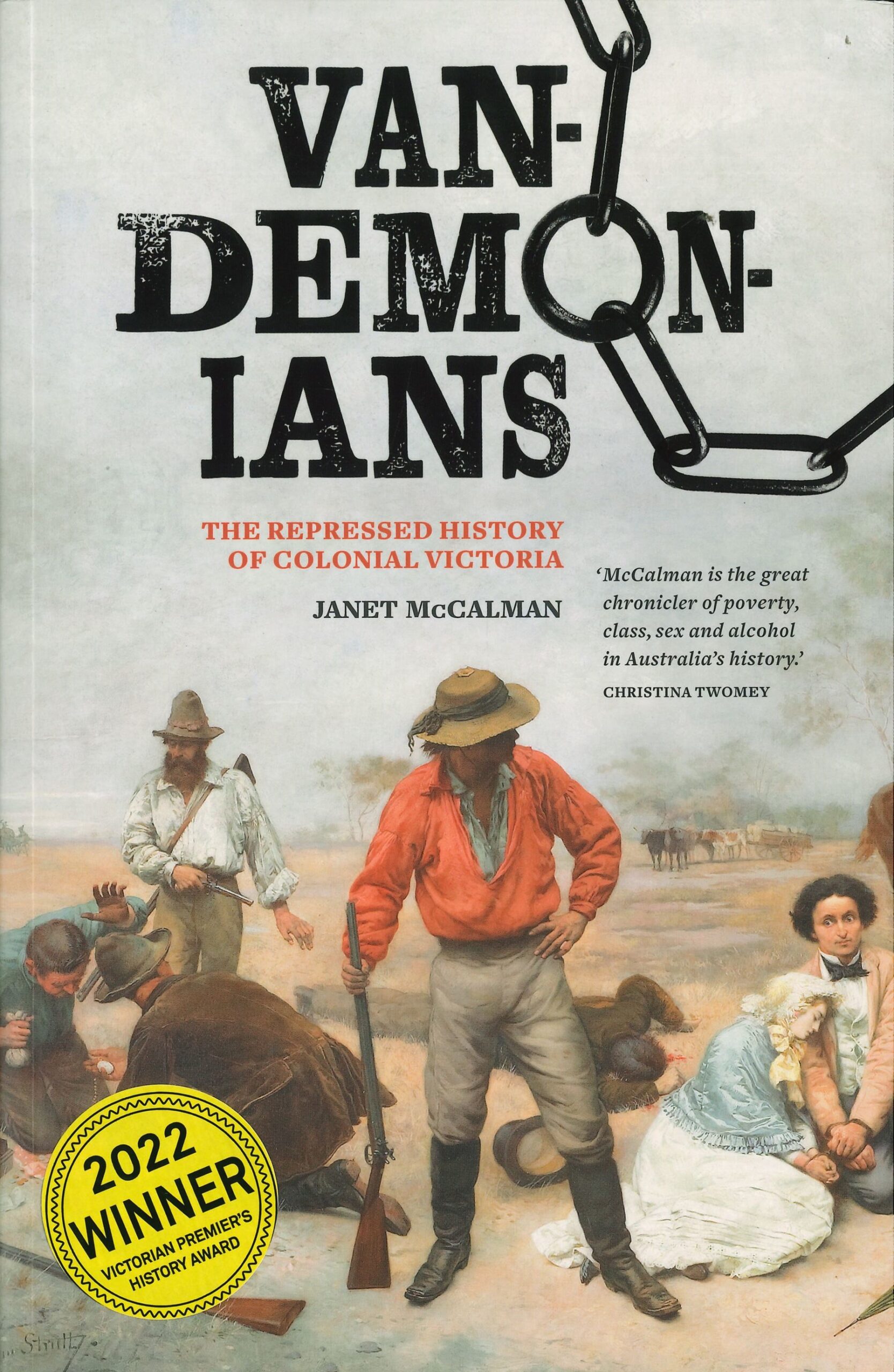
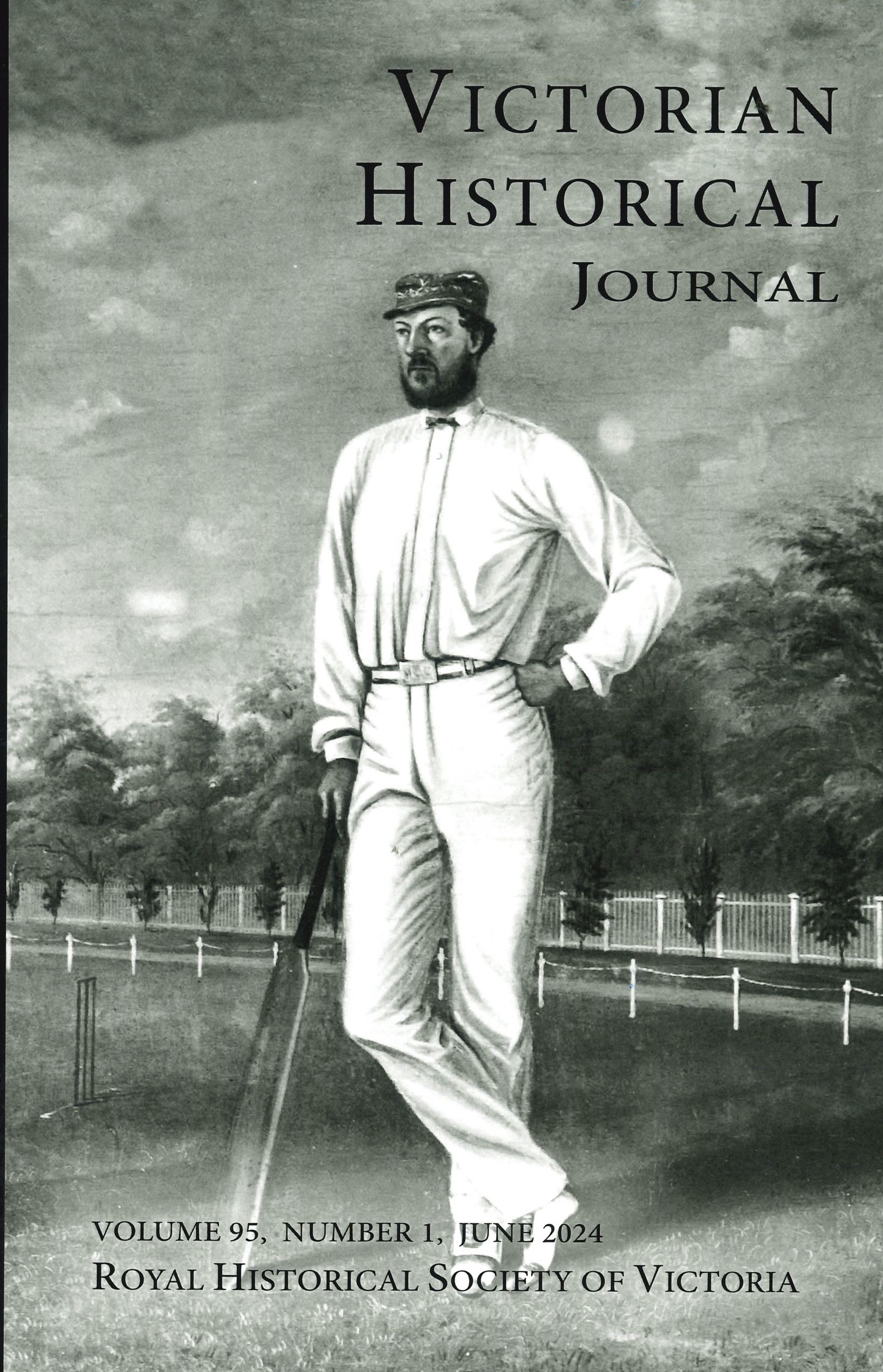


 239 A'Beckett Street Melbourne, Victoria, 3000
239 A'Beckett Street Melbourne, Victoria, 3000  03 9326 9288
03 9326 9288  office@historyvictoria.org.au
office@historyvictoria.org.au  Office & Library: Weekdays 9am-5pm
Office & Library: Weekdays 9am-5pm


Book Reviews Reviews
There are no reviews yet.